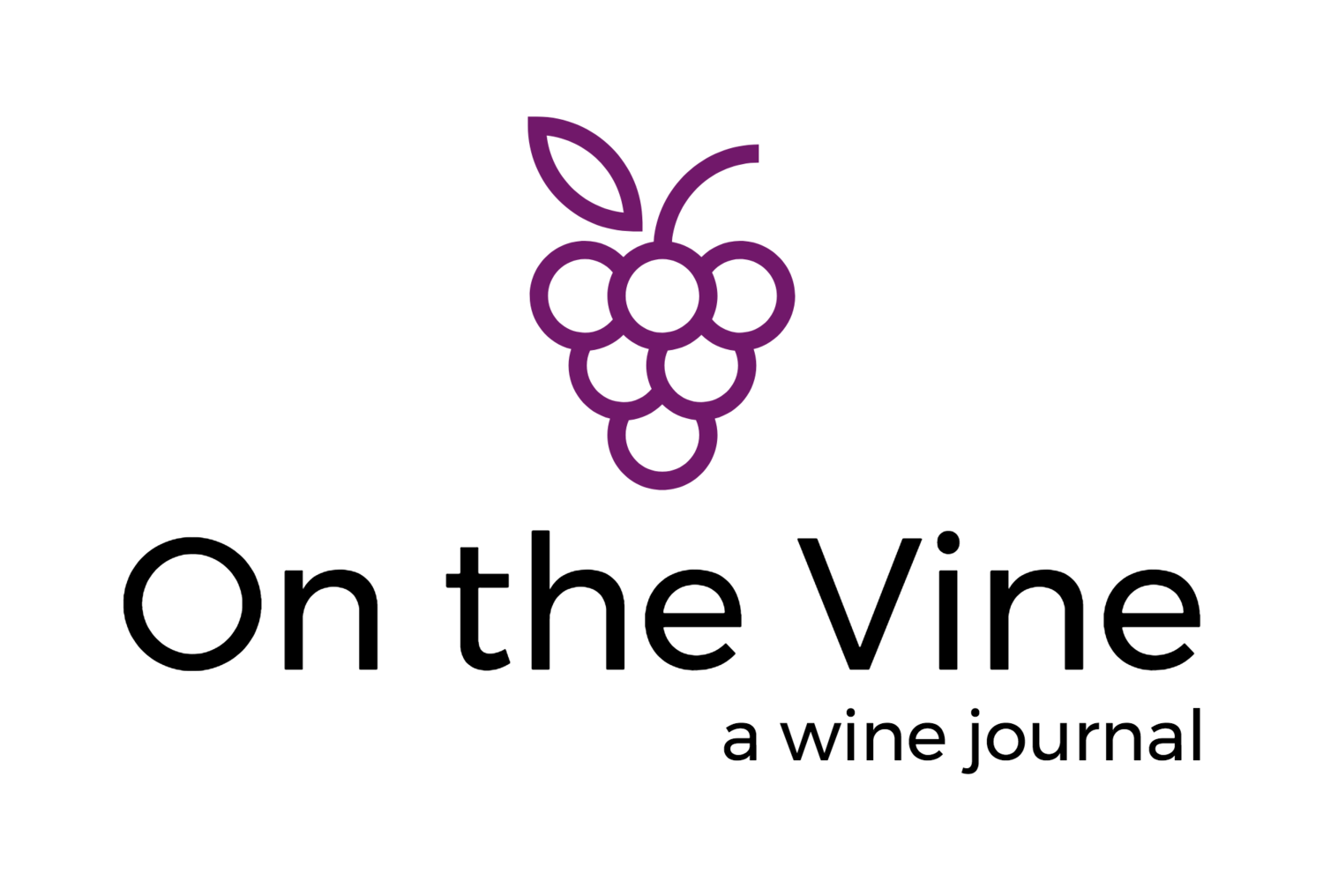Celebrating Grenache
/International Grenache Day. At first it sounds like the wine industry is creating its own Hallmark holiday! But why not? In a wine market fixated on Cabernet, Chardonnay and Pinot Noir, Grenache deserves some love.
One of the most planted varieties in the world, Grenache is thought to have originated in Spain (Aragon), where it is known as Garnacha. Grenache is also widely found in the south of France, in Australia and in California. Its tolerance of drought and vigor in hot weather contributed to its success in the Mediterranean region and has made it popular in California’s central coast. There are three versions – red (noir), white (blanc) and the rarer gris. The red grape is also a popular source of rosé wine wherever it is grown. One of the reasons Grenache needs a celebration is that it has usually been used as a blending grape, most notably in the Rhône and southern France. It brings lift and fruit flavors alongside deeper blending partners like Syrah and Mourvèdre, but it can also be the dominant element as it usually is in Châteauneuf-du-Pape. Its vigor in harsh conditions have made it popular among jug wine producers, contributing to its anonymity–or even scorn. But with the advent of California’s Rhône Rangers and the global Granache Association, this grape is being taken more seriously by lovers of fine wine. Ten years ago, it was the Grenache Association that set the third Friday in September as the annual International Grenache Day. That was September 18 this year… time to celebrate!
Here’s a Grenache Cheat Sheet from the Grenache Association – Geek out!
Friday night – September 18, 2020 – Grenache Day!
One of the reasons for joining a vineyard’s wine club is to have access to bottles that are not plentiful enough to make it into wider distribution. Our Grenache Day dinner was accompanied by such a bottle – the 2012 Hecho por Ruben Grenache from the Kimsey Vineyard in Ballard Canyon. Ruben Solorzano is a legendary vineyard manager in Santa Barbara County, especially at the Stolpman Vineyards, where this bottle was produced. Not content to only farm the grapes, Ruben is increasingly making them into wine. After eight years in bottle, this wine was ready to drink – a bit of browning could be seen at the edge of the bright cherry color of Grenache. There was plenty of tannin and body to accompany deep red fruit and spice. Chilled, it was a great pairing with seared Ahi tuna.
Saturday – Los Olivos
An already-planned trip to Santa Barbara County for a non-Grenache wine event gave us the perfect excuse to stop and see Larry Schaffer at Tercero Wines. Crowned “King of Grenache” by Wine LA, it was “Grenache weekend” in Larry’s tasting room where he was featuring blends that include the grape along with single-vineyard varietal bottlings:
2015 Grenache Blanc
2018 aberration (40% Cinsault, 40% Grenache and 20% Carignane)
2018 Grenache - Spear Vineyard
2014 Verbiage Rouge (46% Grenache, 30% Syrah, 20% Mourvèdre and 4% Cinsault)
2013 Grenache - Watch Hill Vineyard
Comparing the two single-vineyard wines was the most interesting part of this visit. As is often said about Pinot Noir, Grenache reflects the site where it is grown. Having come from two different vineyards, along with a difference in age, these two wines offer a study in how varied Grenache can be. Both wines share the expected cherry aromas, red fruit flavors and spice, but the Watch Hill wine has greater depth of color and tannin while the Spear Vineyard shows more exuberant young red juicy goodness. Which one to prefer would simply depend on circumstances… (Some bottles of each made their way home with us for further research!)
It may seem like a “Hallmark Holiday,” but Grenache Day is also a chance to consider the importance of all the Rhône varieties in the Central Coast of California. They are ready for climate change in that they generally thrive in the heat. When mature, the vines’ deep roots minimize the need for irrigation – a good thing in a state where water is increasingly scarce. A generation ago, producers like Paso Robles’ Tablas Creek not only started growing these grapes more seriously but made better vine material available for planting throughout the region. In the not-too-distant future, it may be these varieties and their blends that we drink the most – and Cabernet will need a “day.”







